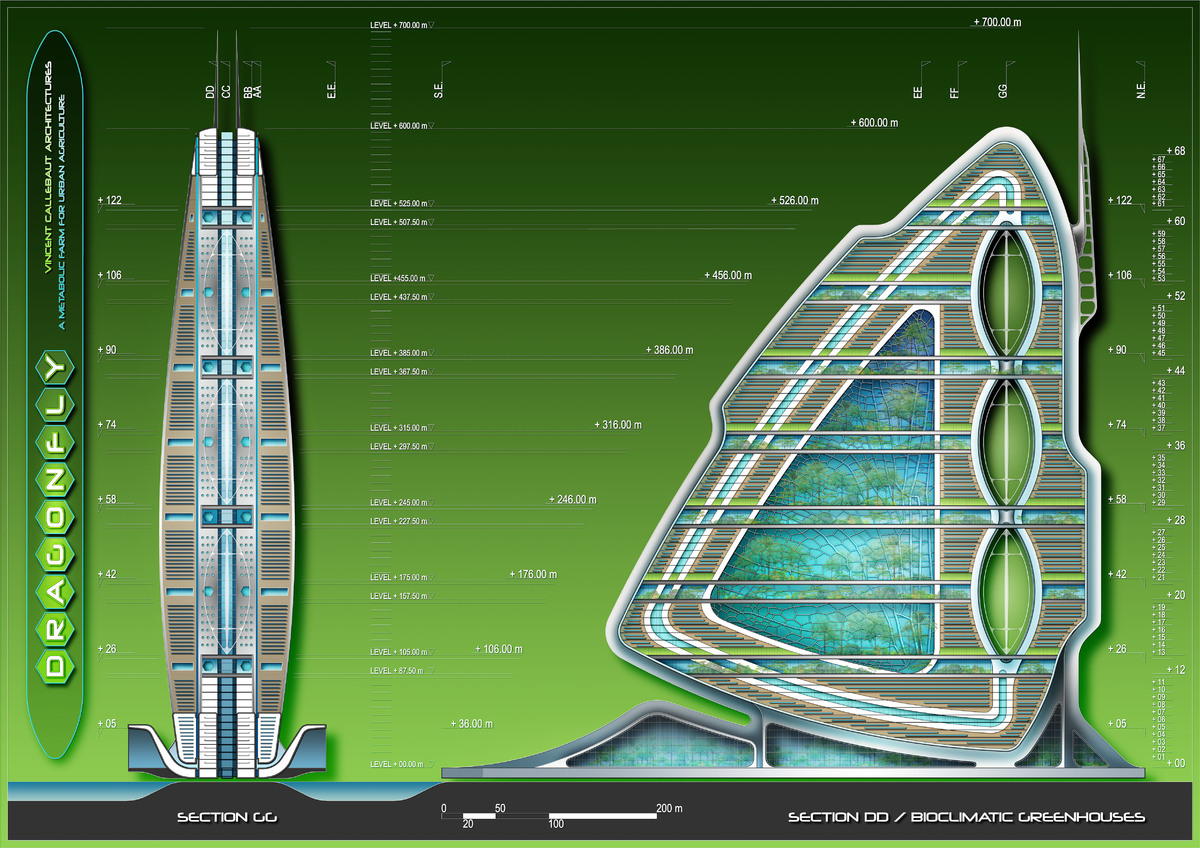Kenyatta avenue now.

Investors who could foresee into the future and speculate on the land are now laughing all the way to the bank with an acre costing nearly kes 1 billion along the same road.
Map of Nairobi 100 years ago.

As long as the world’s population will keep increasing, demand for land will continue to rise astronomically since land is a constant and cant be increased. High rise buildings come in handy to enable more horizontal space increase to accomodate the population increase. Government has a role to lay infrastructure eg roads, sewer, electricity so as to enable more people be able to extend habitation on vacant land. Nairobi population has for the last 100 years been expanding , with the Government lagging behind to extend infrastructure such as sewer and roads to the surrounding areas of Ngong, Kitengela, Thika, Kiambu, Ruai and Athi river, which will easen the burden on Nairobi City expansion. We now have Westlands , Upper Hill, Kilimani recently being rezoned to allow for high rise structures.
Bye laws Precedence.
Yaya centre played a very key role in creating precedence to enable Nairobi City council byelaw amendment for allowing high rise buildings in Kilimani area. We now have numerous high rise buildings coming up in Kilimani, helping to ease housing,office and commercial space demand to Nairobians.
Urban Sprawl.
With the lagging behind of Government to lay down supporting infrastructure and byelaws to enable the city’s expansion, this has created huge demand for building space, hence a need for high rise structures where prime land well serviced is available, eg upper hill . This can be looked at positively in that it will spurn growth of new building industry related services such as scaffolding, ready-mix concrete, cranes, and lifts. The stacking up of buildings vertically in form of high rise buildings also mean that urban sprawl is curtailed, enabling freeing of important arable ground space, hence a boost to agriculture. If Nairobi CBD concrete jungle extends into fertile Kiambu and Limuru areas, food production will decrease, causing high food prices, causing inflation, which causes high bank interest rates, eventually leading to a poor economy for all Kenyans.
Developed Nations like USA, China and Europe usually encourage high rise building construction as opposed to urban sprawls spread of the city into agricultural lands, hence keeping the ecosystem in check.
In the 1890S, Lake Naivasha had nearly dried up. Currently, its bursting in its seams, 100 years later after ecologically protective steps have been carried out.
Lake Naivasha with dry bed in the 1890s

Currently, Lake Naivasha and Bogoria have increased in size to the extent of submerging nearby roads, trees and buildings.
This shows that as population is increasing, we are also becoming more concerned with the environment, with NEMA taking charge to move the country forward as time progresses.
This house below, in Lake Bogoria, built 60 years ago, is now totally submerged as Lake Baringo slowly begins to grow itself to its former giant glory of hundreds of years ago.

http://sirikoi.blogspot.com/2013/05/baringo-underwater.html

With more and more highrise structures coming up to accomodate increasing population, we will have less urban sprawl hence freeing land from buildings to balance the ecology. In Belgium, Architect Vincent Callebaut has gone furthe ito futiristic design whereby he has designed a highrise building that has vertical gardens and farmlands incorporated within so as to increade the ammount of food production within 1 acre piece of land to sustain the growing population. This is where Nairobi architecture should also point towards.


http://vincent.callebaut.org/planche-dragonfly_pl11.html
Architect Francis Gichuhi Kamau. 0721410684.



Leave a Reply